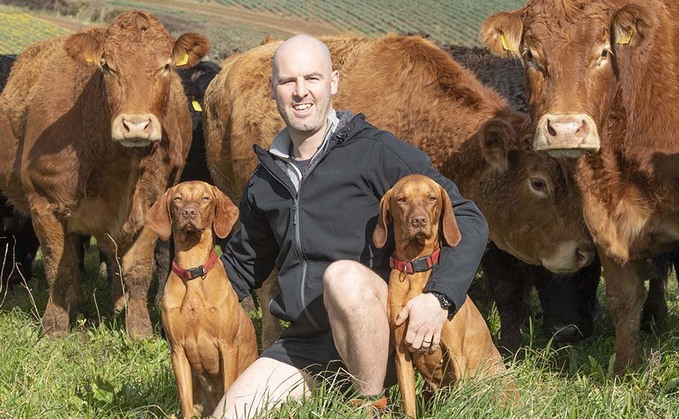
Farming in partnership with the environment is something which young farmer Geoff Williams has made his aim with his beef suckler herd on the Lizard Peninsula, Cornwall. So what practices has he introduced...

Farming in partnership with the environment is something which young farmer Geoff Williams has made his aim with his beef suckler herd on the Lizard Peninsula, Cornwall. So what practices has he introduced...

BNG National Habitat Bank Creation & Unit

FARM LOANS & RE-MORTGAGES

Commercial Secured Bridging Loans for Business